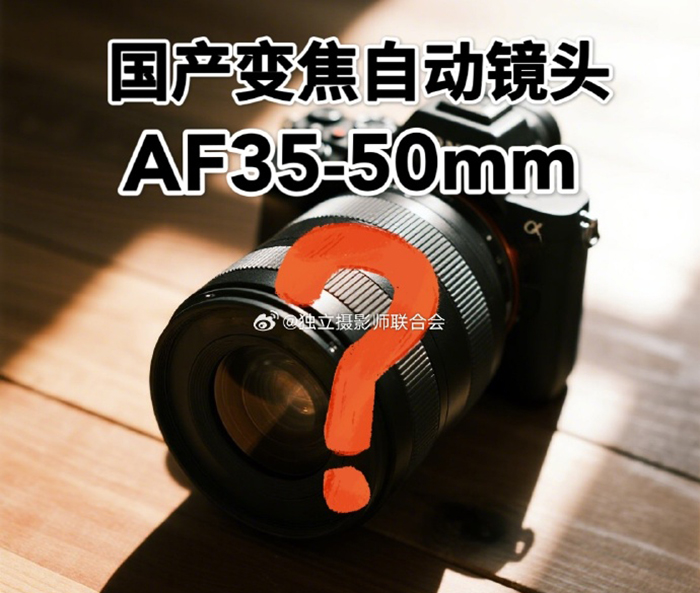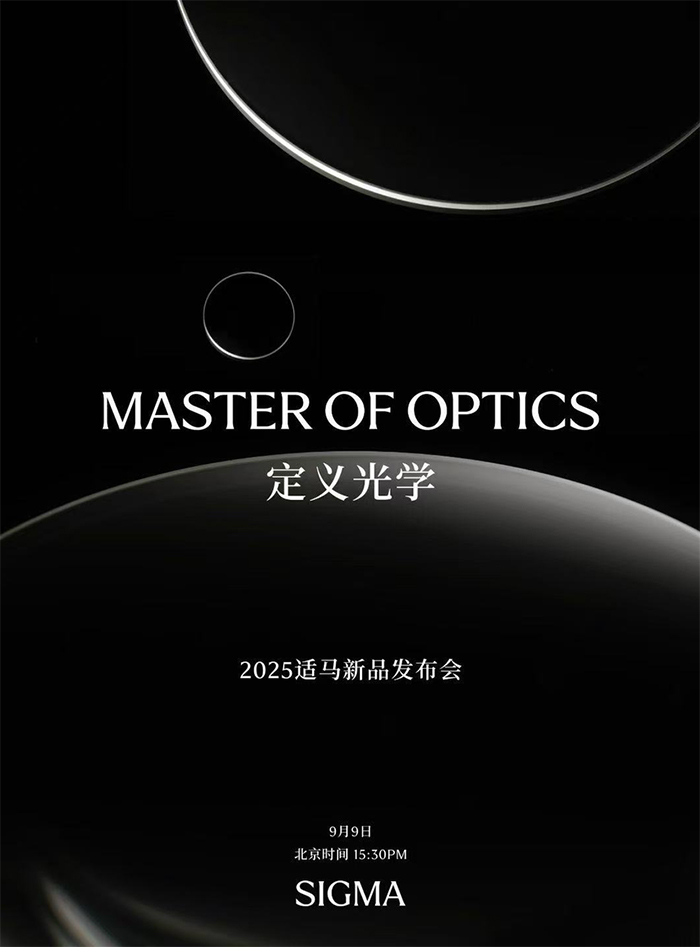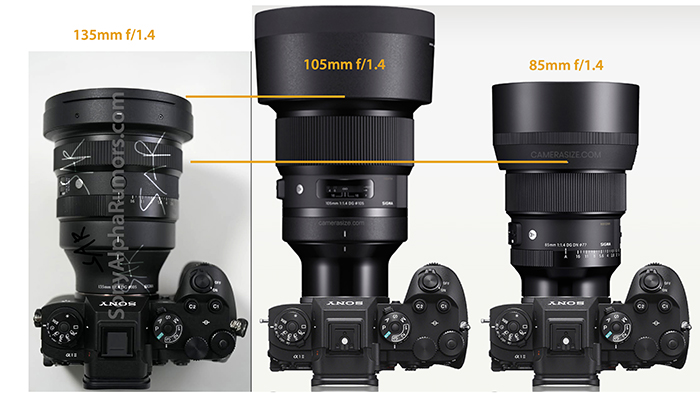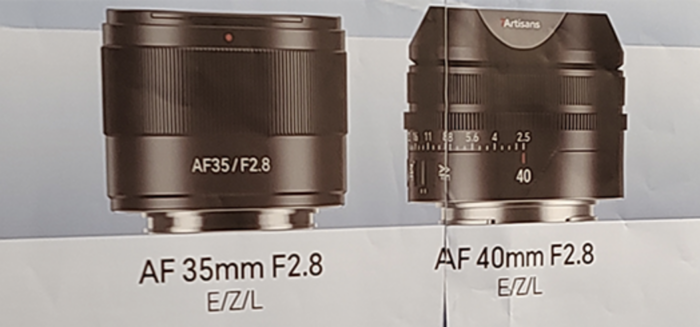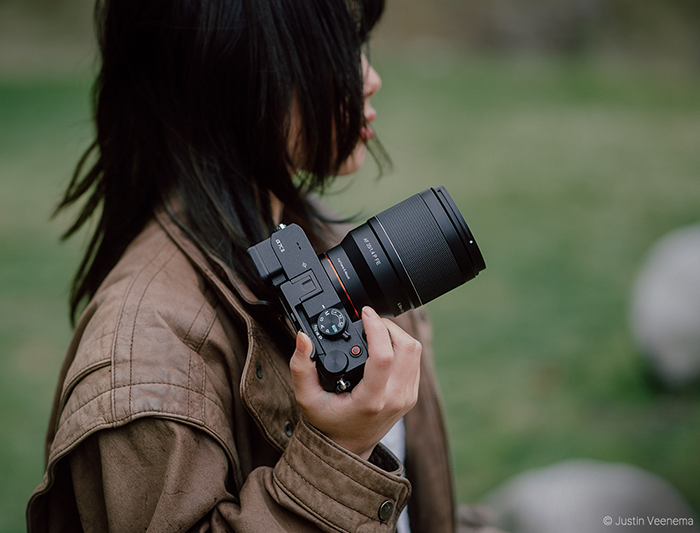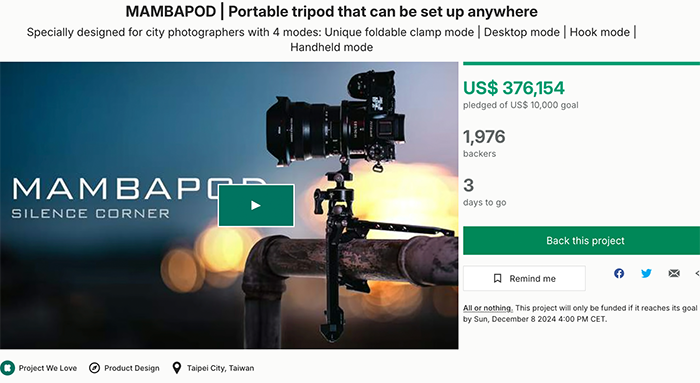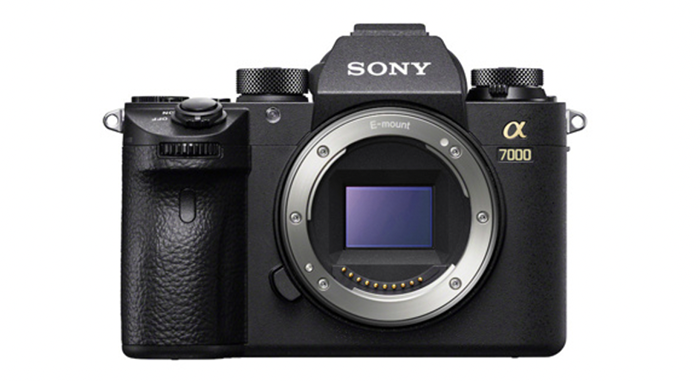Good news: Sony officially registered a new camera in China and this might be the Sony A7V coming in early 2025
It’s official, folks! Sony has registered a new camera with the code “WW773396” in China (source Weibo). It has dual-band Wifi support 2.4G/5.1GHz That means it:
- After registration, it usually takes up to 3-4 months for this camera to be announced.
- Since it has dual-band wifi support, it is definitely not a cheap entry-level camera
I believe this is the new Sony A7V as several trusted sources told me the camera will be announced in early 2025. They did NOT share any A7V specs, so I will share my own speculation from now on. I repeat: speculation and NO rumors from trusted sources, ok? I have a “conservative” and an “advanced” scenario when it comes to the possible Sony A7V specs:
Scenario 1: Conservative Evolution
This potential path sees the A7V retaining much of the A7 IV’s core specifications, with meaningful but incremental upgrades:
- Sensor and Resolution: A continuation of the 33MP full-frame Exmor R CMOS sensor found in the A7 IV, offering excellent dynamic range and low-light performance.
- Processor: The A7V could inherit the advanced BIONZ XR processor from the A7 IV while incorporating the AI processing chip featured in the Sony A9 III. This would enhance computational photography capabilities like real-time subject recognition and tracking.
- Autofocus: Improved AI-based autofocus, benefitting from faster and more accurate subject detection and recognition technologies.
- Continuous Shooting: Up to 10 frames per second (fps) with the mechanical or electronic shutter, when using the compressed RAW or JPEG format.
- 5.76m-Dot Tru-Finder OLED EVF: An upgrade from the 3.68m-Dot EVF of the A7IV
- Body Design: Borrowing the A9 III’s ergonomic design, the A7V could feature a more comfortable grip, better button placement, and increased durability for demanding use cases.
- Video Features: Continuation of 4K 60fps recording with Sony’s excellent color science and 10-bit 4:2:2 recording for high-quality post-production flexibility.
This scenario is likely to appeal to photographers who value reliability and consistency, as it builds upon the A7 IV’s already strong foundation.
Scenario 2: Bold Innovation
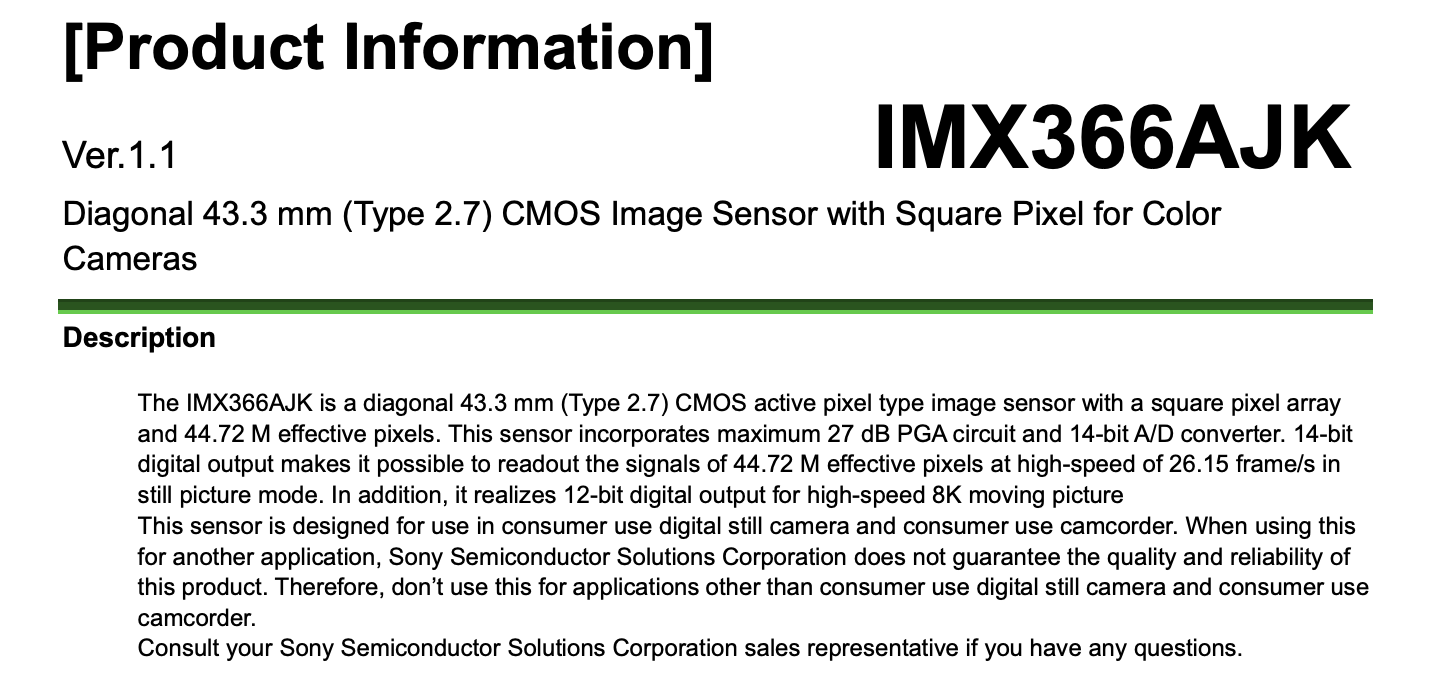
In a more revolutionary approach, Sony may surprise the market with cutting-edge advancements in sensor technology and overall capability. It could use the recent IMX366AJK sensor that has those key specs:
- Sony Semiconductor PDF
- 35mm full frame
- Back illuminated type
- 44.72 million pixels
- 26.15ps in still image mode
- 8K 12bit
- Designed for use in consumer digital still cameras and camcorders
- rolling shutter
- Electronic front curtain shutter
If the Sony A7V uses that new sensor than specs could be something like this:
- New Sensor: 44MP full-frame Exmor R CMOS sensor (IMX366). This sensor would push resolution while improving readout speeds for better video and still performance.
- Continuous Shooting: Up to 20 frames per second (fps) with the mechanical or electronic shutter, when using the compressed RAW or JPEG format (The iMX366 sensor supports up to 26fps but I guess it will be limited to 20fps to now really come too close to the Sony A1II)
- Enhanced Video Capabilities: The A7V could include 4K 120fps recording and possibly 8K recording at 30fps, positioning it as a hybrid powerhouse for content creators.
- 5.76m-Dot Tru-Finder OLED EVF: An upgrade from the 3.68m-Dot EVF of the A7IV
- AI Advancements: AI-driven autofocus that excels in challenging conditions, along with enhanced real-time eye and animal tracking for both stills and video.
- Body Design: Borrowing the A9 III’s ergonomic design, the A7V could feature a more comfortable grip, better button placement, and increased durability for demanding use cases.
In both cases, I don’t expect the A7V to support the new generation 4.0 CFexpress Type A. Why? It’s hard to understand why the Sony A1II flagship didn’t get this, while the entry-level Sony A7V does.
The price will be somewhere in the mid $2000’s, with the current Sony A7IV keeping the new heavily discounted price of $2098.
So folks, what are your thoughts: Is the conservative scenario the most likely? Is it also enough for you to upgrade? Or like me are you praying to see “Scenario 2” becoming real? :)
